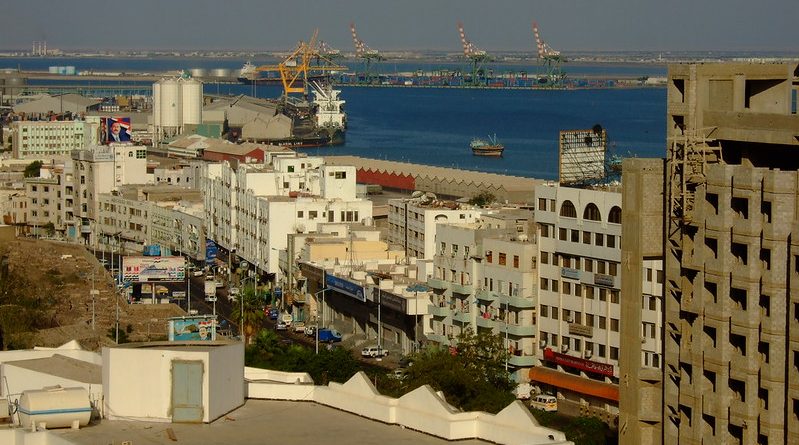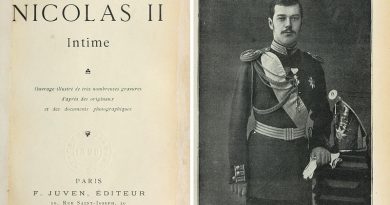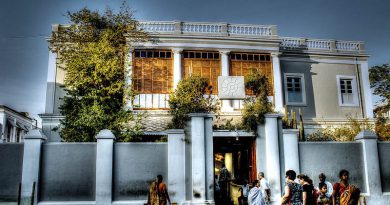ZABID
Zabid is one of Yemen’s 3 UNESCO protected cities but unlike showy San’a and striking Shibam, Zabid likes to keep her architectural delights well hidden.
Founded in the 9th century by the Abassid Ibn Zayid, he also established the first in a long line of Zabid’s distinguished madrassas otherwise known as Qur’anic schools. Besides being the capital of Yemen from the 13thto the 15th centuries, Zabid played an important role in the Arab and Muslim world for many centuries because of its Islamic university.
But by the end of the 16th century, Zabid’s star had started to wane. The occupying Ottomans used the city as a military base and the frequent attacks took its toll. As the coffee trade began to blossom, so did those cities that grew, gathered or traded the beans – Zabid did none of those and so the city went into a long period of decline.
Zabid was declared a UNESCO world heritage site in 1993 but by 2000 40% of the old houses were still being replaced by new structures so it’s now on the organisation’s ‘Danger List’ requiring urgent funds and attention.
At the height of its power, Zabid had over 230 mosques and schools, Modern day Zabid now numbers 29 mosques and 53 schools. It’s also home to the highest number of minarets – 86 in all!
One early scholarly achievement claimed by Zabid is the invention of algebra. A scholar by the name of al-Jaladi is said to have taught the subject al-jabr, which became algebra.




